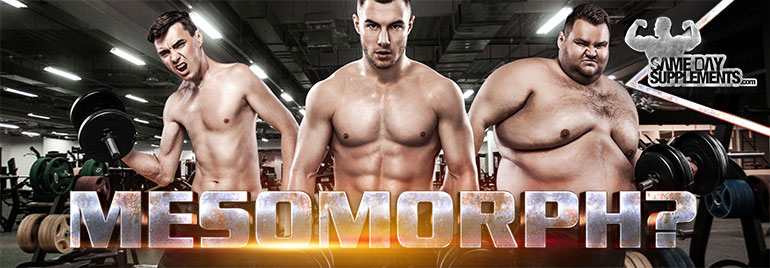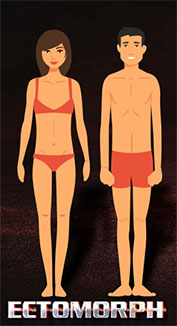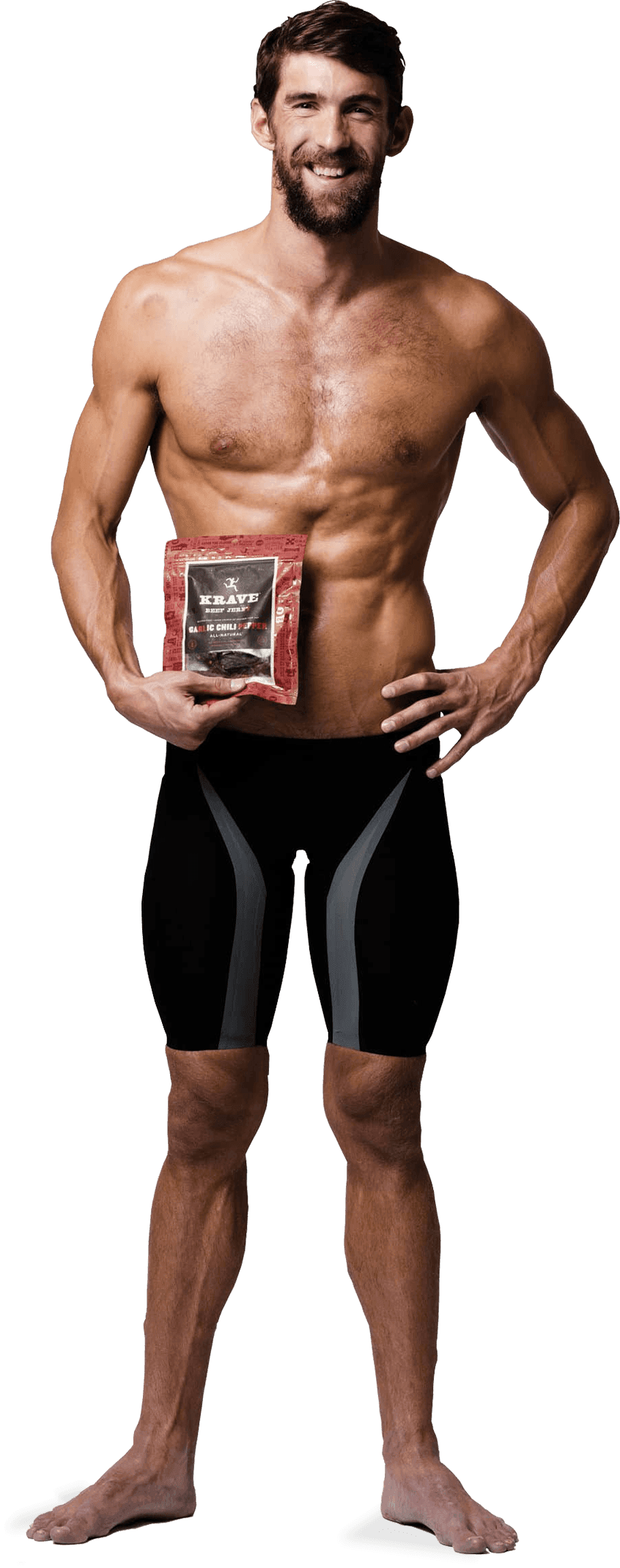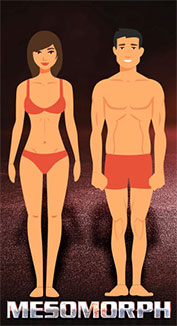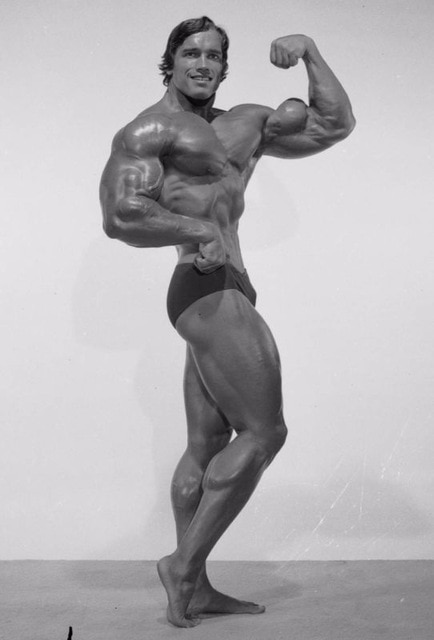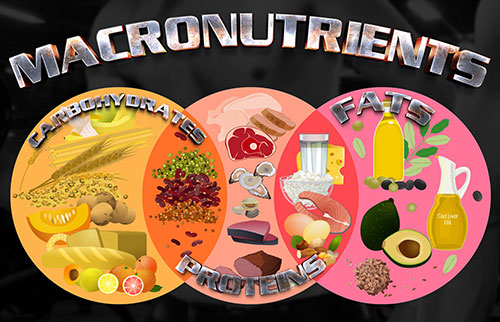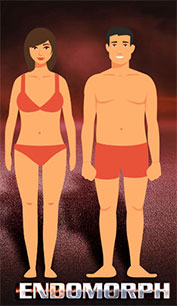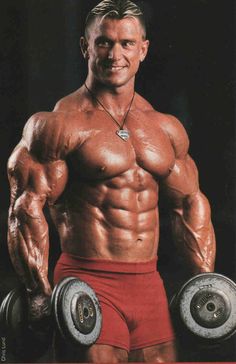Mesomorph: How To Determine Your Body Type
What Are The Body Types| How Do We Classify Body Types Today| Recent Research| Ectomorph| Mesomorph| Endomorph| Combination Somatotypes| Take Away| Disclaimer
Are You Mesomorph (How To Determine Your Body Type)
Body types are hereditary traits based on your skeletal frame and body composition. Understanding your bone structure, fat/ muscle distribution will help you reach physique goals. But if you the market for Mesomorph Pre Workout, this isn’t that page. However, we do have a comprehensive blog on the changes of mesomorph pre workout.
We Are All Unique
Our bodies are all unique. And body types are not definite or exclusive. Meaning because you fit one category doesn’t mean you can’t build muscle mass like a different category. And if you don’t completely fit into one category that’s normal too. Sometimes people are a combination and thus benefit from many training styles. Yet, because we each have different body types, we may respond differently to training and dieting programs. So in order to maximize your results, you should tailor your training and dieting program to your body type. In general, there are three body types; Mesomorph, Endomorph and ectomorph.
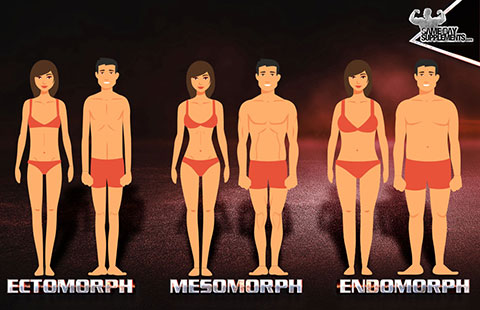
What Are The Body Types: History
The concept of categorizing body types isn’t new. In fact some of the first literature on body types was written as early 380 BC, in “The Republic” by Plato. But as of more recently, there were major contributions to physiology body types written in 1940. Which was published by William H. Sheldon (along with S.S. Stevens and W.B. Tucker), “The Varieties of Human Physique”.
In this book, Sheldon outlines the three common “Somatotypes”. Somatotypes is the term that refers to your body types. Sheldon thought you could predict human temperament by assessing someone’s body type. In his finding he associated the body types with personality traits†.
But
Sheldon’s methods were for classifying body types wasn’t accepted by everyone in the scientific community. Sheldon used a rated scale from 1-7 to group participants into one of four categorizes. As a result of the criticisms to his researching methods, Sheldon altered his techniques.
Consequently, it was to no avail. His methods were no longer used as the standard for classifying body types. Rising from his downfall, Barbra Honeyman Heath publicly denounced his methods as fraud and inaccurate. She then went on to build a successful career modifying somatotyping techniques, while participating in projects all over the world. (1)
How Do We Classify Body Types Today
Heath’s approach to understanding somatotypes took on a more academic standard. With the help of Lindsay Carter, they created the Heath-Carter method. Which still maintain applications when assessing the development of college athletes today. The main difference between the Heath-Carter method and Sheldon’s is perspective.†
Sheldon believed your somatotype is permanent throughout an adult’s life. Whereas the Heath-Carter method tracks the development of athletes. Which is now preferred because it perceives a person’s physique as changeable.
Limitations With Somatotypes
It’s extremely rare to find someone who is a pure version of one of the three primary somatotypes. Most individuals exhibit characteristics of two or even all three somatotypes. Diet and exercise can result in someone changing their classification over time.
Additionally, despite common belief, your body type is more than just your weight. The Heath-Carter method uses various anthropocentric measurements to analyze the body types. This includes skin-folds, weight, height, circumferences, femur breadth and more.
Recent Somatotype Research Studies
In a 2015 study of soccer players, differences were identified in somatotypes between players’ playing position and within their divisions.(2) And in 2017, a study looked into the relationship between somatotypes and performances of volleyball players.
What the researchers found here was:
“Division A1 were taller, heavier, more muscular, and less endomorphic compared to those of Division A2″ (3)
So what does this mean?
Well for starters, this could mean that there is evidence that somatotypes may play a role in our overall body composure. And the differences seen between the players playing each position, suggests that different training styles may be beneficial for each somatotype.
Ectomorph
Ectomorph’s tend to be more lean, with long, and slim muscles/limbs. They generally have fast metabolisms which makes it difficult to gain weight. Because of this, they are often referred to as the “hard-gainers”.
Associated Physical Traits:
- Slender frame†
- Narrow shoulders and hips†
- Narrow chest and abdomen†
- Small bone structure†
Potential Advantages:
- A light frame may aid them in more aerobic activity, like gymnastics.†
- With a smaller body surface area, they may also have enhanced suitability for endurance activity.†
- Their body may be better at thermoregulation, important in endurance based sports.†
Ectomorph Celebrity Athlete
Michael Phelps
What Should Ectomorphs Do More Of?
We would recommend individuals in this somatotype category keep it simple. And that will break down to the following:
-
Train Smart
- If you’re goal is to gain muscle mass, you may want to limit your cardio sessions to the minimum. Instead, focus on your resistance training. Checkout our How To Build Muscle Blog for 9 tips you should follow. But, the main take away is to do a progressive overload.(4) If you’re not getting stronger with weeks passing by, you’re not building muscle mass.
-
Rest Appropriately
- Additionally, you should also consider reducing your training at the gym appropriately. This may seem counter productive, but there’s an important reason for it. Training too much may result in expending too many calories. Thus negating your weight-gaining efforts. By reducing your training, we don’t mean you should only train 3 days a week (unless that works for you!). (5) Instead make sure your workout program reflects your goals. So instead of spending several hours at the gym, take 45 mins to an hour or even an hour and a half. And use that time to train functionally (compound movements are your friend).
- Additionally, you should also consider reducing your training at the gym appropriately. This may seem counter productive, but there’s an important reason for it. Training too much may result in expending too many calories. Thus negating your weight-gaining efforts. By reducing your training, we don’t mean you should only train 3 days a week (unless that works for you!). (5) Instead make sure your workout program reflects your goals. So instead of spending several hours at the gym, take 45 mins to an hour or even an hour and a half. And use that time to train functionally (compound movements are your friend).
-
Eat At A Surplus
- Like with any goal, consistency is key. You need to develop a routine you can stick to, this includes a nutrition regimen. Eating at a surplus is going to be a large factor on how efficiently you build muscle. But what you eat will reflect how you gain weight. The mindset that a “calorie is a calorie” may work for some, but the source still matters. (6)
Check out our Time Under Tension Blog for more guidance on training styles and for a killer leg workout.
Mesomorph
Right in the middle we have our mesomorphs. People with this body type tend to gain muscle mass easier than the other body types, while tending to not store as much body fat. But, because their genetics are on their side doesn’t mean they can slack off. Mesomorphs tend to take their naturally athletic builds for granted. Which can result in less intense workouts and poor diets.
Associated Physical Traits:
- Medium build, rectangular/wedge body shape†
- Wide broad shoulders†
- Fairly lean with a hard body†
- Can usually gain muscle easily†
Potential Advantages:
- These individuals may respond well to cardiovascular and resistance training.†
- Mesomorphs typically can sustain low body fat levels.†
- Depends on the sports, but generally mesomorphs can can easily gain or lose weight.†
Mesomorph Celebrity Athlete
Arnold Schwarzenegger
What Should Mesomorphs Do More Of?
-
Train Like An Athlete
- As a mesomorph you may want to focus on your strength training. Keep in mind that when you’re young, you can get away with having a less-than-perfect diet and workout routine. But when you’re older you’ll likely regret not having the discipline to avoid unhealthy decisions. Building healthy habits at a younger age and keeping your nutrition on track means you’ll maintain your good physique as you get older.
- As a mesomorph you may want to focus on your strength training. Keep in mind that when you’re young, you can get away with having a less-than-perfect diet and workout routine. But when you’re older you’ll likely regret not having the discipline to avoid unhealthy decisions. Building healthy habits at a younger age and keeping your nutrition on track means you’ll maintain your good physique as you get older.
-
Eat Clean
- You can’t out train a bad diet! Mesomorphs generally have no trouble eating what they want to eat, as they may lose weight easily. On the flip side, they may gain weight just as readily. Since mesomorphs generally have a higher muscle mass percentage, they may need more calories than other body types. If you struggle with finding that balance consider tracking your macros.
Endomorph
On the opposite side of the spectrum, we have the Endomorphs. People with this body type generally have a harder time losing weight. The common characteristics for endomorphs include:
wider waists, large bone structures, and a predisposition to storing fat.
Associated Physical Traits:
- Usually short in height or stature†
- Difficult to lose body fat†
- Bulky physique, round body†
- Can gain both fat and muscle easily†
- Wide shoulders and hips†
Potential Advantages:
- Larger size can benefit some sports where bulk is useful, such as rugby.†
- Endomorphs also tend to have large lung capacity, which can make them suited to sports such as rowing.†
Endomorph Celebrity Athlete
Lee Priest
What Should Endomorphs Do More Of?
If your goal is to slim down or tone up there is a ton of information claiming to be the best way to burn fat. So let’s buffer through the B.S. and give you the facts on burning fat:
-
Diet = Key
- In a study done in 2016, researchers looked at how fast they could help their participants get in shape while making accommodations to their diets and exercise regimens. In this study, all the participants were eating at a calorie deficit, but the group eating a high protein content was able to gain the most muscle mass while losing weight. Whereas the group just eating at a calorie deficit lost weight, but did not gain as much muscle mass (they also did not lose muscle).
- Researchers also found that the high-protein group lost more body fat than the other group (7).
(Check out: Fat Burning Food)
-
Find An Exercise Regimen That Works For You
- In a study done in 2017, researchers compared the weight loss of abdominal visceral fat between high intensity interval training (HIIT) vs prolonged moderate-intensity continuous training. What they found was that there wasn’t a significant advantage between either training styles. However, HIIT may be the preferred training method due to it’s efficiency with relation to time (8).
(Check out: Best Fat Burning Exercises)
-
Stay Hydrated
- Staying hydrated may feel like a “no-brainier”, but a survey reported in the New York Times states we may be countering the positive affects of drinking water by overly consuming alcoholic and caffeinated beverages (9). So keep in mind that the calories in your cup still count towards the calories you consume in day.
- When you’re not hydrated your body expresses this in a few ways. For starters (in no particular order), you may notice the texture of your skin becoming dryer than normal for you. Or you may notice your urine is a darker shade of yellow than normal/healthy. And one of most common signs of dehydration–bloating. When your body is not getting enough water, it starts to hold on to what little it gets. This of course is not the only reason for bloating, but it may be one of the most frustrating when attempting gain muscle mass/burn fat. Therefore staying hydrated helps reduce water retention.
- Staying hydrated may feel like a “no-brainier”, but a survey reported in the New York Times states we may be countering the positive affects of drinking water by overly consuming alcoholic and caffeinated beverages (9). So keep in mind that the calories in your cup still count towards the calories you consume in day.
Combination Somatotypes
As we mentioned, people have traits that cross over. These are considered combination body types/combination somatotypes. The information on combination somatotypes as a classification is limited. But some recognized names are ecto-endomorph, ecto-mesomorph, and endo-ectomorph.
Ecto-Endomorph
- Generally are pear-shaped†
- They have thinner upper bodies†
- Fat storage on the lower half†
Ecto-Mesomorph
- Easily fluctuate between being incredibly lean or very muscular†
- Tend to have broad shoulders, narrow waists, and “V” shape of the torso†
- Fat tends to be on the stomach, but can also be on the buttocks†
Endo-Ectomorph
- Generally are apple-shaped†
- More fat storage in the upper body†
- Thinner hips, thighs, and legs†
The Take Away
Everyone has different genetic predispositions that may aid or hinder our fitness goals. But these predispositions don’t have to act as limitations. If you’re not happy with your somatotype you’ll have to work a little harder to get and maintain the physique you like. Luckily they are methods and supplements that can help you get there faster.
This concludes our blog of the somatotypes! Thank you for reading and if you have any questions or if there’s another product you’d like us to review, send us an email HERE!
† PLEASE NOTE:
†The intention of the information provided is for reference only and we are in no way providing medical advice or instruction. The information provided in this post is based on anecdotal information and available studies/reviews. While it is our goal to maintain and display accurate information, we can’t guarantee it represents the latest formulation of the product or information. Therefore, if you have any concerns, please visit the manufacturer’s website. Also, the information above is not a representation of our views at Same Day Supplements. Rather, these are the views and information provided by manufacturers and users. Also, the Food and Drug Administration has not evaluated these statements. Finally, the intention of these products is not to diagnose, treat, cure or prevent any disease or illness.
